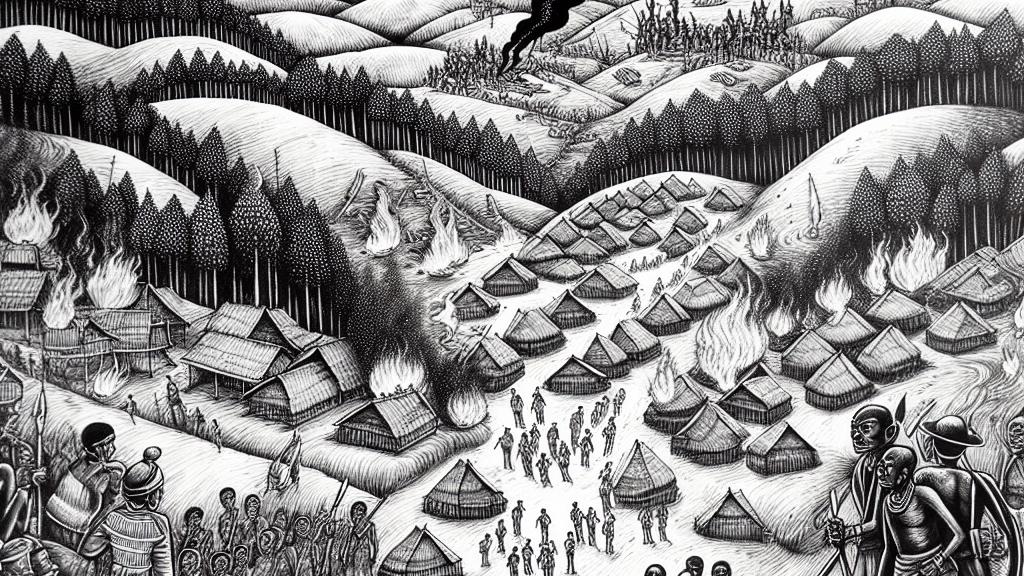Human Rights Violations in Bangladesh's Chittagong Hill Tracts
Overview
- In Bangladesh's Chittagong Hill Tracts (CHT), indigenous communities endure systematic violence and discrimination.
- Recent allegations suggest the Bangladesh Army's complicity in attacks against these vulnerable groups.
- The impacts of climate change further compound the socio-economic struggles faced by the indigenous population.

Historical Context of Conflict in the Chittagong Hill Tracts
The history of conflict in the Chittagong Hill Tracts is not just a backward glance but a living reality for its indigenous peoples. Recently, an unprecedented wave of violence erupted, leading to the destruction of over one hundred homes belonging to the Chakma, a prominent indigenous group. This assault is deeply rooted in a history of military interventions. From 1979 to 1983, a deliberate military-led effort sought to settle 'plains settlers' in the area, disenfranchising the local population over time. For instance, many indigenous people now feel like strangers on their own lands, often asking in despair, "How did this happen to us?" These historical patterns eroded not just their rights and lands but their very identities.
Allegations Against the Bangladesh Army
Amidst this turmoil, alarming accusations have surfaced against the Bangladesh Army, intensifying the bleak outlook for the indigenous communities. Human rights activist Suhas Chakma points out that rather than acting as protectors, army personnel appear to provide covert support to the aggressors involved in the attacks. This troubling complicity raises significant concerns about the military's role, especially after they were assigned magisterial powers to restore order. Despite these efforts, many in the indigenous community feel more vulnerable than ever. They witness soldiers standing idly by—or even aligning with settlers during violent outbreaks—creating a crisis of trust. How can those who are meant to protect support the very forces that threaten their existence?
The Dual Threat of Climate Change and Human Rights Violations
Adding to their struggles, climate change emerges as a formidable antagonist, intertwining with the human rights crises affecting the CHT. Bangladesh has seen a sharp increase in environmental calamities, characterized by floods, erratic rainfall, and devastating cyclones. These climatic shifts have dire consequences for agricultural practices, as they lead to crop failures and food insecurity for indigenous communities heavily reliant on their land. For example, farmers who once enjoyed stable seasons find themselves grappling with unpredictability, severely impacting their livelihoods. To navigate these intertwined crises, a holistic approach is essential—one that marries human rights advocacy with environmental sustainability. By integrating local voices into policy discussions, the government can foster resilience, preserve cultural heritage, and ultimately allow indigenous populations not just to endure but to thrive in an ever-changing world.

Loading...